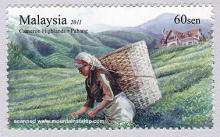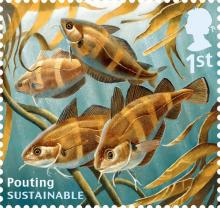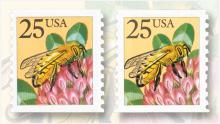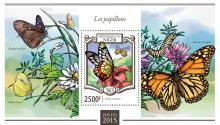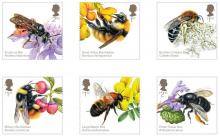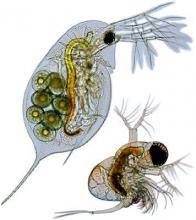Dramatic decline of aerial insectivores in Vermont
Fewer birds appear to live in Vermont today than 25 years ago, according to recent research by the Vermont Center for Ecostudies. The most dramatic declines in bird populations were seen among those that live off flying insects, scientists say. Known as aerial insectivores, this diverse group of birds has declined 45 percent in Vermont, according to the study.


